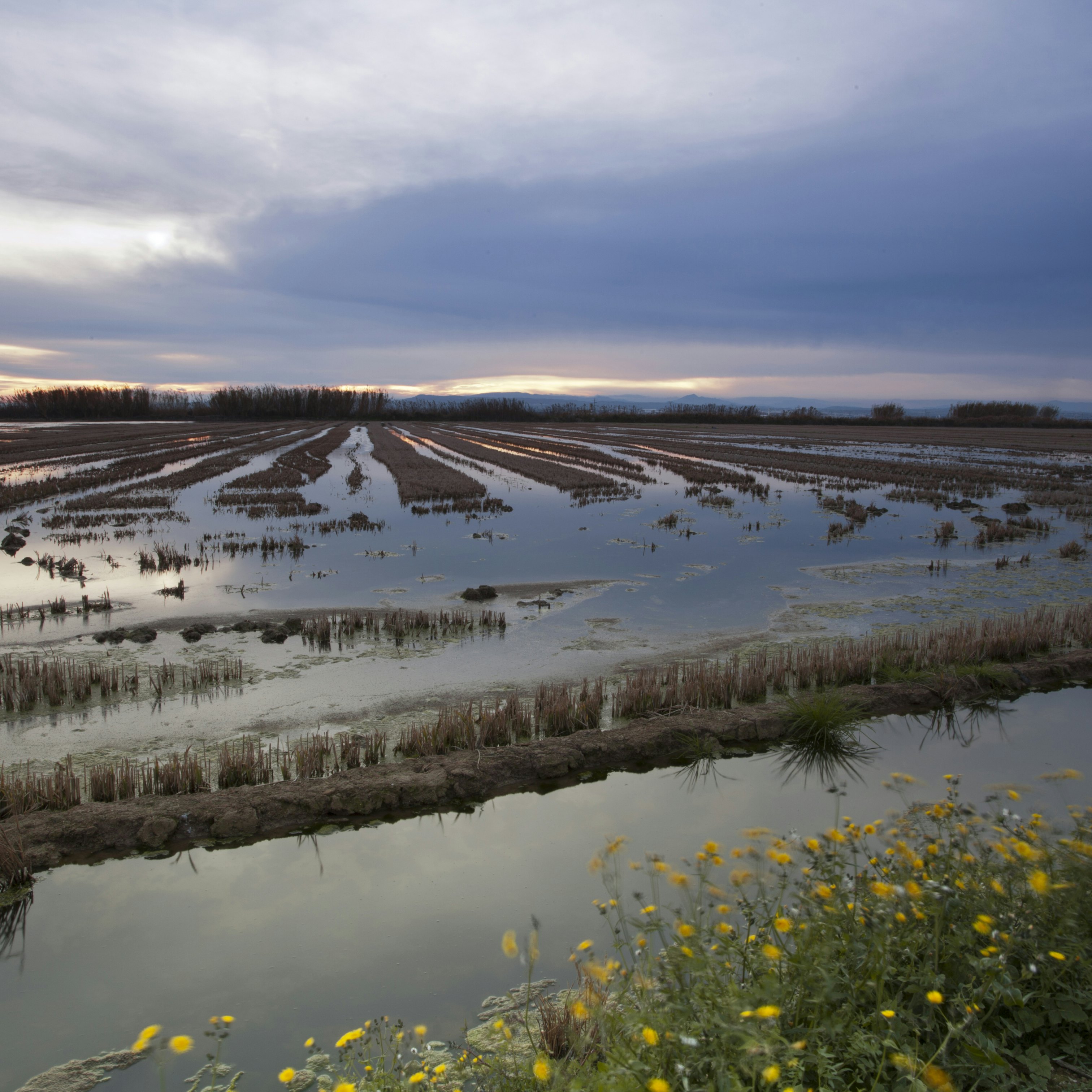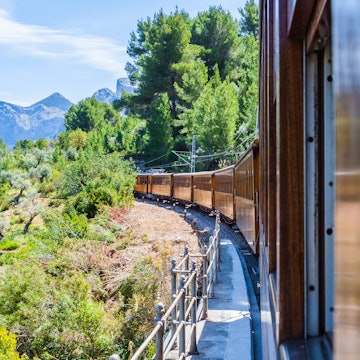
Overview
The ever-popular star of the Mediterranean, Mallorca has a sunny personality thanks to its ravishing beaches, azure views, remote mountains and soulful hill towns.
Leave the planning to a local expert
Experience the real Mallorca. Let a local expert handle the planning for you.
Must-see attractions
Planning Tools
Expert guidance to help you plan your trip
Best Time to Visit
Discover the best time to visit Mallorca for unforgettable experiences year-round, from stunning beaches and vibrant culture to delightful seasonal cuisine.
Read full article
Get a book. Get inspired. Get exploring.
in partnership with getyourguide

























